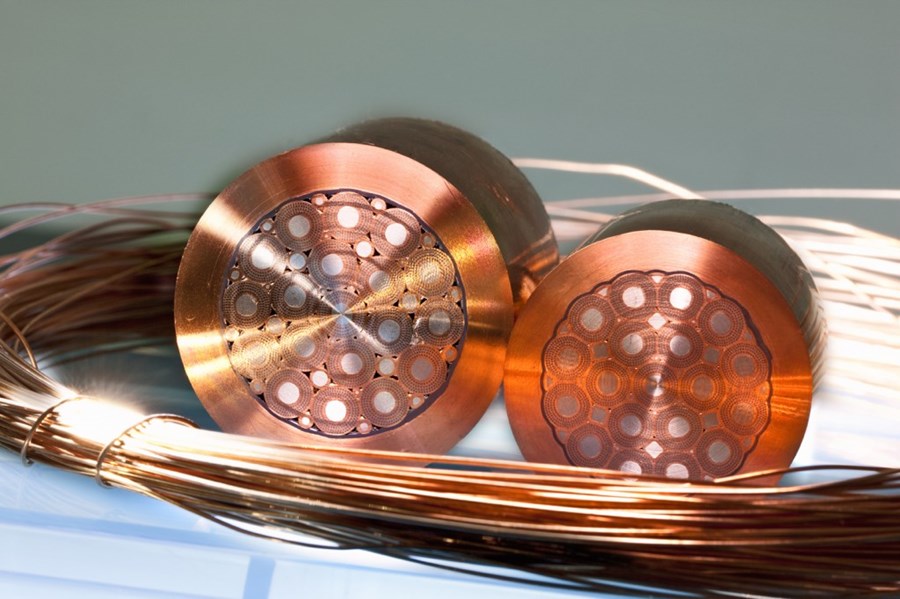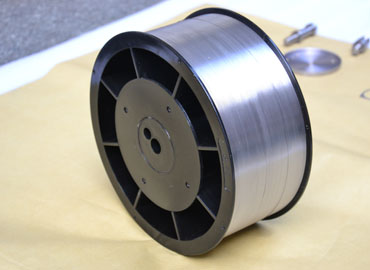Super Performance of Niobium in Superconducting Applications
A long time ago, people discovered that the chemical properties of some materials would suddenly change and become “superconductors” without little resistance when the temperature is down to near absolute zero. This strange "superconductor" performance temperature of material began to be called critical temperature. Needless to say, the critical temperature of all kinds of material is not the same.
As is known to all it is not easy to get ultra-low temperatures and people pay dearly for it. To absolute zero, the closer, the greater the need to pay. As for the superconducting material, of course, the higher the critical temperature is the better. There are many elements with the performance of superconducting, niobium is one of the highest critical temperatures. The alloy made of niobium has a critical temperature as high as the absolute temperature of 18.5~21 degrees, which is the most important superconducting material.
People once did such an experiment that they applied a metal niobium ring which cooled to the superconducting state an electric current then disconnected it, later closed up the whole instrument and kept it cold. After two and a half years, when turned on the instrument, they found that the current of the niobium ring continued to flow, and the current strength was almost exactly the same as the freshly energized!

We can see that the superconducting materials are almost no loss of current from the experiment. The transmission efficiency will be greatly improved by using a superconducting cable transmission since it won't have any energy loss through the current because of no resistance.
Someone designed a kind of high-speed maglev train with a superconducting magnet wheel, which made the whole train float above on the orbit of about ten centimeters so that there was no friction between the train and the track and the moving resistance was reduced. The speed of a maglev train carrying one hundred people can reach more than five hundred kilometers per hour by taking just one hundred horsepower driving force.

When a 20-kilometer belt of niobium and tin is wrapped around the rim of a diameter of 1.5 meters, the winding can produce a strong and stable magnetic field to lift a weight of 122 kg and make it suspended in it. If this kind of magnetic field can be used in a thermonuclear fusion reaction and the powerful thermonuclear fusion reaction controlled, that it is possible to provide us with a lot of cheap and almost endless power.
Related reading: Niobium’s Role In Superconducting Materials









